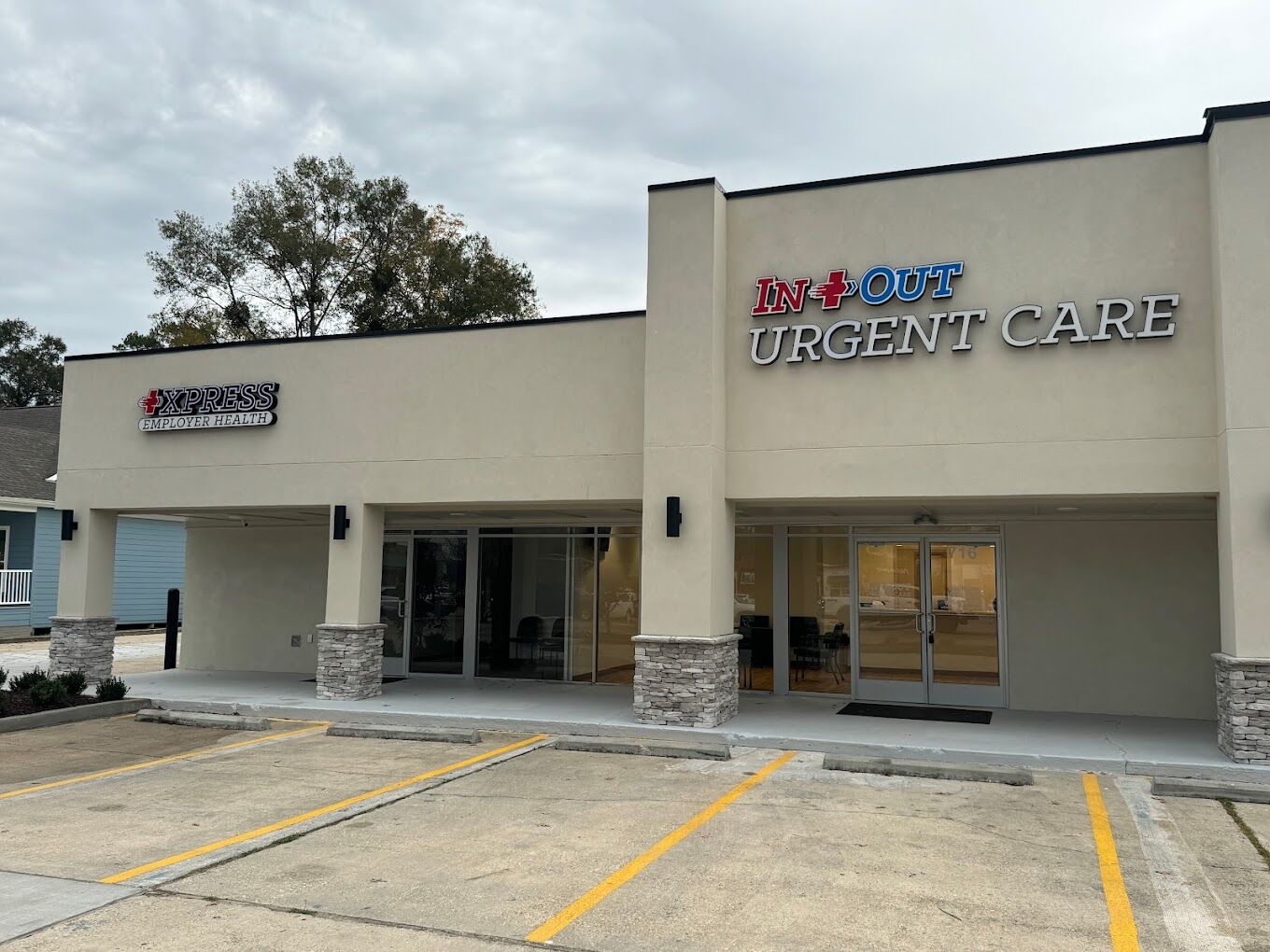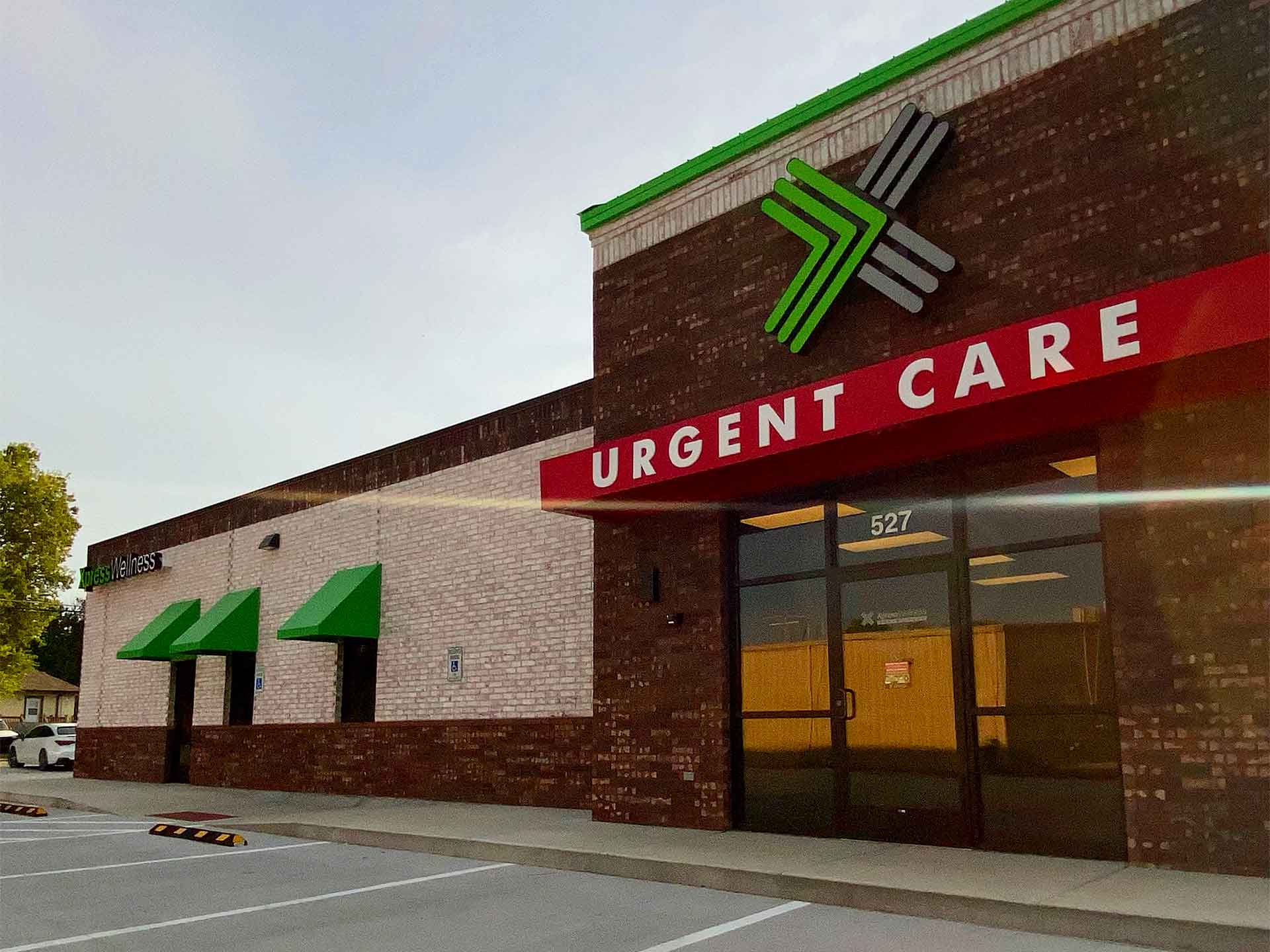The Importance of Urgent Treatment Centers in Bridging the Space Between Health Care and Emergency Situation Providers
Urgent care centers have actually arised as an essential component of the medical care landscape, successfully resolving the essential requirement for instant medical interest without resorting to emergency situation services. By supplying take care of non-life-threatening problems, these facilities aid to ease the worry on emergency areas and enhance client access to timely therapy. Their expanded hours and diverse services satisfy an expanding populace seeking alternatives to traditional main treatment. The progressing role of urgent treatment centers raises crucial inquiries regarding their integration within the wider medical care system and the effects for individual outcomes and source allowance.
Summary of Urgent Treatment Centers
Urgent treatment facilities have come to be an important element of the medical care shipment system, supplying easily accessible clinical services for non-life-threatening conditions. These centers commonly operate outdoors basic office hours, offering patients an alternative to emergency rooms and key care settings. Individuals seeking urgent care typically existing with concerns such as minor injuries, infections, or illnesses that need timely interest yet do not present a prompt danger to life or arm or leg.
Urgent treatment centers are staffed by a variety of healthcare professionals, consisting of physicians, registered nurse professionals, and doctor aides, who are outfitted to identify and treat different clinical concerns. They typically include diagnostic devices such as X-ray makers and laboratory solutions, allowing them to offer detailed care on-site.
The facility of urgent treatment facilities has actually been influenced by the boosting need for prompt medical solutions in a busy culture, where individuals may battle to protect consultations with key treatment providers. Consequently, these facilities aim to reduce congestion in emergency departments, boosting overall medical care efficiency. Additionally, urgent treatment centers typically serve as a bridge in between medical care and emergency situation services, making certain that individuals receive suitable care customized to their details medical demands.

Benefits of Urgent Treatment Services
Accessing timely healthcare is a significant benefit of immediate treatment solutions. These facilities supply immediate attention for non-life-threatening problems, successfully minimizing delay times compared to conventional emergency departments. People looking for treatment for small injuries, illnesses, or urgent health and wellness worries can get therapy without the lengthy delays frequently associated with health center check outs.
Another secret advantage is the prolonged hours of operation. Many urgent care facilities are open nights and weekends, accommodating individuals who may not have the ability to see their primary care service provider during typical office hours. This flexibility makes immediate treatment an available option for those with active routines or unexpected health concerns.
Moreover, urgent treatment centers often supply a large range of services, consisting of diagnostic testing, X-rays, and standard research laboratory solutions. This extensive approach allows for quick medical diagnosis and therapy, improving client contentment.
Furthermore, immediate treatment centers are typically much more affordable than emergency clinic, making them an appealing alternative for individuals without insurance coverage or those with high-deductible plans. In general, urgent treatment services play a vital function in offering available, prompt, and budget-friendly healthcare.
Contrast With Primary Treatment
Generally, individuals often consider their choices in between immediate care facilities and health care service providers when seeking medical focus. Both serve important roles in the healthcare system, yet they vary considerably in extent, price, and accessibility.
Health care suppliers are usually the first point of contact for clients, concentrating on lasting wellness management, preventive treatment, and persistent illness administration. They provide connection of care, promoting a patient-provider connection that allows for comprehensive health and wellness assessments and customized treatment strategies. Arranging a consultation can be lengthy, frequently calling for days or weeks in breakthrough. Urgent Care.
On the other hand, immediate treatment facilities supply instant take care of non-life-threatening conditions that need punctual interest, such as small injuries or infections. These facilities frequently operate beyond standard workplace hours, accommodating individuals who may not be able to visit their medical care company throughout regular business times. Additionally, urgent care is usually a lot more economical than emergency situation space brows through, making it an appealing option for those with restricted health care gain access to.
Ultimately, while immediate treatment centers and medical care suppliers both add to client health, they satisfy distinct requirements, making it important for individuals to determine which choice best lines up with their conditions.
Emergency Providers Communication
The interaction in between urgent treatment centers and emergency situation services is an essential aspect of the medical care landscape, particularly when patients face situations that may intensify in severity. Immediate treatment facilities work as a bridge in between health care and emergency situation departments, attending to non-life-threatening problems that require instant interest. This partnership improves patient outcomes and maximizes resource allowance within the healthcare system.
When people provide with immediate but not life-threatening concerns, immediate care facilities can efficiently manage their demands, alleviating congestion in emergency clinic. When a patient's problem goes beyond the extent of urgent care therapy, Facilities equipped with diagnostic abilities can help with prompt referrals to emergency situation solutions. check my blog This seamless interaction helps make sure that clients obtain the appropriate level of care without unneeded delays.
Additionally, effective communication in between immediate care providers and emergency situation solutions is crucial. Sharing patient details and treatment histories promotes coordinated care, lessening the threat of redundant tests and treatments. As medical care remains to advance, the vibrant partnership in between immediate care facilities and emergency solutions will certainly play an essential function in enhancing patient treatment efficiency, fulfillment, and general health end results within the area.
Future of Urgent Care Facilities
As medical care demands develop, the future of immediate care facilities is positioned to end up being increasingly integral to the overall medical ecological community (Urgent Care). These facilities are most likely to broaden their functions by including sophisticated technologies, such as telemedicine, expert system, and digital health document integration. This will improve person access and streamline care control in between immediate treatment, health care, and emergency solutions
Moreover, immediate care centers are expected to diversify their service offerings to consist of preventative treatment and chronic condition monitoring. This change will place them as crucial elements in taking care of population health, minimizing the worry on emergency departments, and dealing with spaces in main treatment accessibility.
The expanding pattern of value-based care will even more speed up the improvement of urgent treatment centers, motivating them to concentrate on patient outcomes and contentment. Facilities might additionally take on joint technique designs, working closely with specialists and health care suppliers to make certain thorough person monitoring.
Conclusion
In conclusion, immediate treatment centers serve an important function in the medical care system by offering immediate accessibility to treatment for non-life-threatening problems, effectively reducing pressure on emergency situation services. Their expanded hours and diverse variety of services improve patient ease and complete satisfaction, while also making sure appropriate treatment distribution. As health care requires continue to progress, the duty of urgent treatment centers will likely become significantly significant, additional linking the gap between health care and emergency solutions.
The establishment of urgent care facilities has actually been influenced by the boosting need for timely medical solutions in a busy society, where clients might battle to secure visits with key treatment companies. In addition, urgent care centers usually serve as a bridge between main care and emergency situation solutions, ensuring that people get proper treatment visit this website customized to their specific medical needs.
Numerous urgent treatment centers are open nights and weekend breaks, suiting patients who may not be able to visit their primary care supplier throughout typical workplace hours (Urgent Care). As medical care proceeds to advance, the vibrant partnership in between immediate treatment facilities and emergency situation solutions will play an essential function in enhancing individual care effectiveness, fulfillment, and general health and wellness results within the neighborhood
